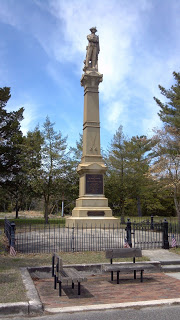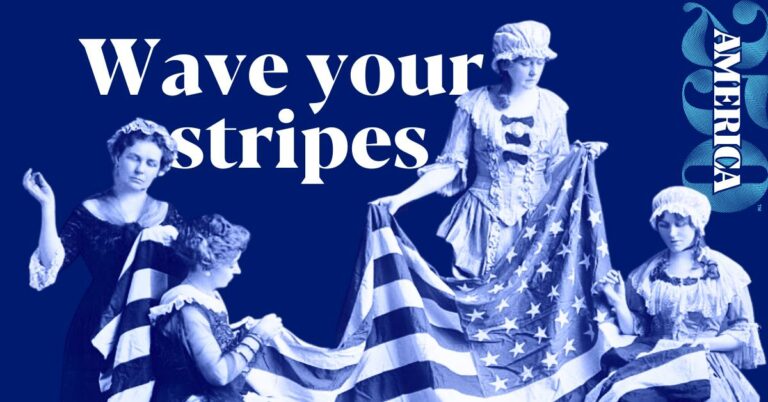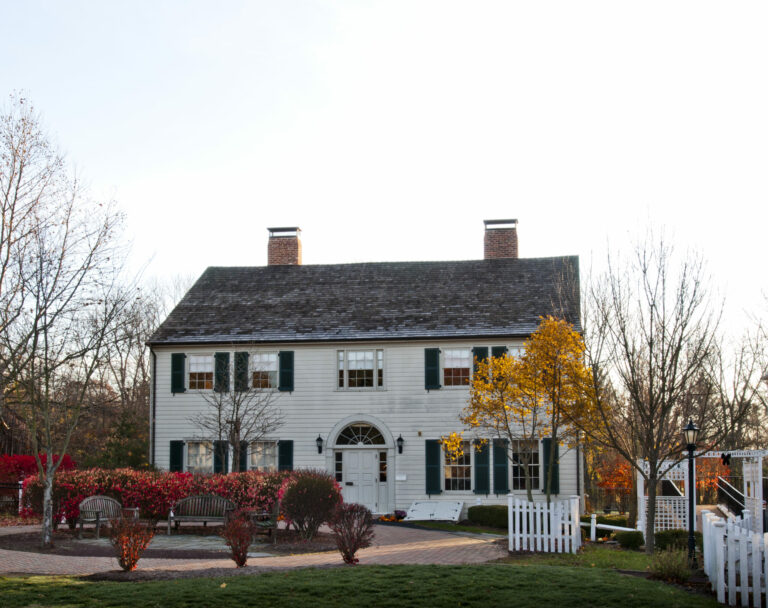Today, we see the Jersey shore as an ocean playground, but during the Revolution, the story was much different. New Jersey was a seafaring state, and its sailors and ship owners wreaked havoc on Great Britain’s storied naval fleet. As privateers, they supplemented a very small United States navy.
In a two-part series, Earl Cain, historian of the Colonel Richard Somers Chapter of the Sons of the American Revolution, borrows from the works of Atlantic County Historian Rev. Norman Goos to share the important yet lesser-known story of New Jersey’s privateers and their indelible impact on the fight for independence.
 Whether on land or on board ship, the patriots of Atlantic County were good defenders of their homeland. The Egg Harbor Guard, a militia stationed on the barrier islands, protected local farmers from British and Loyalist marauders while taking offensive action, too. In 1775, the Guard, also known as the Third Battalion, Gloucester County Militia, began taking British supply ships and smaller warships that would get blown off-course and then temporarily snagged on the sandbars just off the island beaches. Captured crew would be taken as prisoners to Philadelphia while the ship and its contents would be sold at auction at places like Somers Point, Mays Landing, The Forks, and Chestnut Neck. Cannons and other military equipment would be sent to General Washington for use in his army.
Whether on land or on board ship, the patriots of Atlantic County were good defenders of their homeland. The Egg Harbor Guard, a militia stationed on the barrier islands, protected local farmers from British and Loyalist marauders while taking offensive action, too. In 1775, the Guard, also known as the Third Battalion, Gloucester County Militia, began taking British supply ships and smaller warships that would get blown off-course and then temporarily snagged on the sandbars just off the island beaches. Captured crew would be taken as prisoners to Philadelphia while the ship and its contents would be sold at auction at places like Somers Point, Mays Landing, The Forks, and Chestnut Neck. Cannons and other military equipment would be sent to General Washington for use in his army.
Early Eastern Atlantic County ship-owners became so skilled in slipping in and out of harbors protected by sandbars and mud flats that they were rarely seen, much less caught. When the time came in the 1770’s for them to become privateers, it was a natural and highly profitable transition.
Privateers were experienced former ship-owners who would retrofit their small sloops for war after they received a Letter of Marque from the Continental Congress. A Letter of Marque and Reprisal in effect converted a private merchant vessel into a naval auxiliary, and a commissioned privateer enjoyed the protection of the laws of war. If captured, a privateer crew was entitled to honorable treatment as prisoners of war. Without the license they were deemed mere pirates “at war with all the world,” criminals who were properly hanged.
Over the years, a commercial village had sprung up next to a narrow point on the Mullica River where chestnut trees abounded, in current-day Port Republic. Known as Chestnut Neck, the settlement was a small collection of three warehouses, a tavern and the homes of some of the local business owners and ship captains. There was even said to be housing for the sailors aboard the privateer ships when they were in port. Pilfered goods were brought in to these warehouses and transshipped to other areas in southern New Jersey and eastern Pennsylvania.
By the time of the American Revolution, Chestnut Neck was both a well-known business port and one of the largest smuggling centers on the East Coast. American privateers would sail up and down the coast looking for unaccompanied British transport ships, which they would capture, bring into port, and auction off in the local or Philadelphia marketplace. To protect this lucrative privateering business at Chestnut Neck, a small mud fort called Fort Tucker (among other names) was built at the inlet.
It didn’t take long for the Third Battalion’s activities, in conjunction with the privateers of Chestnut Neck, to come to the attention of the British military and financial leaders who had returned from Canada to New York City in July 1776. According to a later pension application submitted by Militia Private Zadok Bowen, in July 1776 “some of the British Cruiser’s came in and drove us all off…before the Fort was completed and we had any guns; we were ordered back to the same place afterwards.”
British General Henry Clinton made his plans and wrote to Lord Germain and said “I propose taking a forward position with the Army in Northern New Jersey in order to favor an expedition to Egg Harbor, at which place the enemy has a number of privateers and prizes and considerable salt works….Accordingly, I requested Lord Cornwallis to take a position in Jersey.”
Again, as far as we know, Chestnut Neck was a very small village, but this was to be no small military maneuver for the British. Lord Cornwallis took about 4000 troops from New York City into northern New Jersey to provide a distraction to stop George Washington’s Continental Army from marching and helping the militia and privateers at Chestnut Neck. Clinton then sent 13 ships filled with nearly 1700 soldiers to attack Chestnut Neck firmly, as he had been ordered.
Return to the Revolutionary NJ blog in October to learn the outcome of the Battle of Chestnut Neck!



